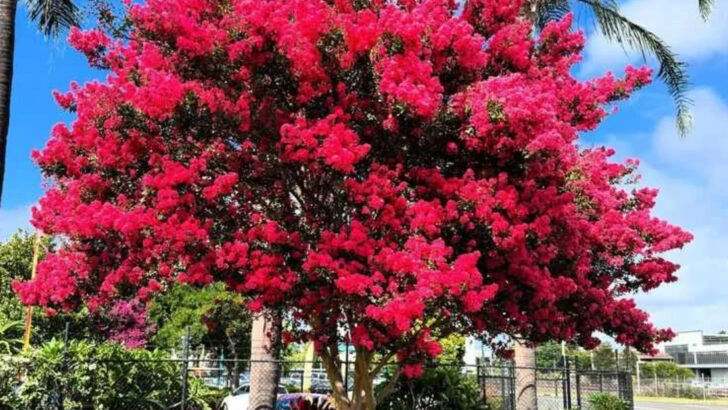If you think you need a massive yard for real shade, think again. These 15 compact trees prove that you don’t need towering oaks to create a cool, shady retreat. Designed by nature (and favored by smart gardeners), these varieties stay small in size but cast impressively wide canopies, making them ideal for backyards, patios, and even small urban plots.
What makes these trees truly special is their ability to balance beauty, practicality, and scale. Many feature seasonal flowers, dramatic foliage, or sculptural shapes, all while growing to heights of just 10 to 20 feet. That means they provide generous shade for seating areas, play zones, or garden beds—without blocking light or crowding your space. Plus, most of them are low-maintenance, drought-tolerant, and suitable for container growing if you’re short on soil.
Whether you’re dreaming of a leafy corner to escape the sun or trying to protect your garden from intense heat, these shade-giving trees are the smart solution for small outdoor spaces. They’re proof that you don’t have to go big to get cool.
Japanese Maple
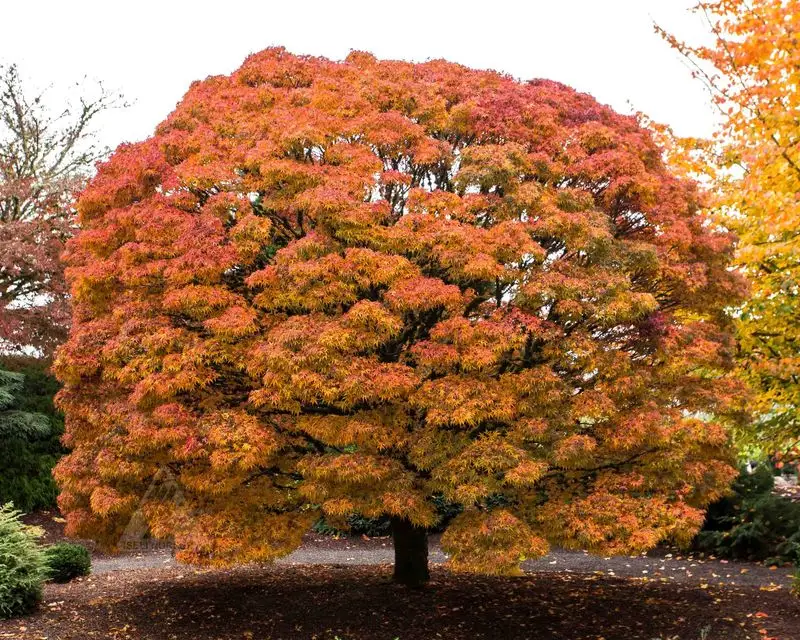
Japanese Maple, with its delicate, lace-like leaves, brings a touch of elegance to any garden. In autumn, its leaves burst into vibrant reds and oranges, creating a stunning visual. This tree remains modest in height, making it an ideal choice for limited spaces.
Gardeners appreciate its slow growth and minimal maintenance needs. The peaceful ambiance it lends to outdoor spaces is unmatched.
A favorite among bonsai enthusiasts, the Japanese Maple’s grace and beauty are timeless. Its versatility in landscaping makes it a popular choice for creating tranquil retreats.
Dogwood
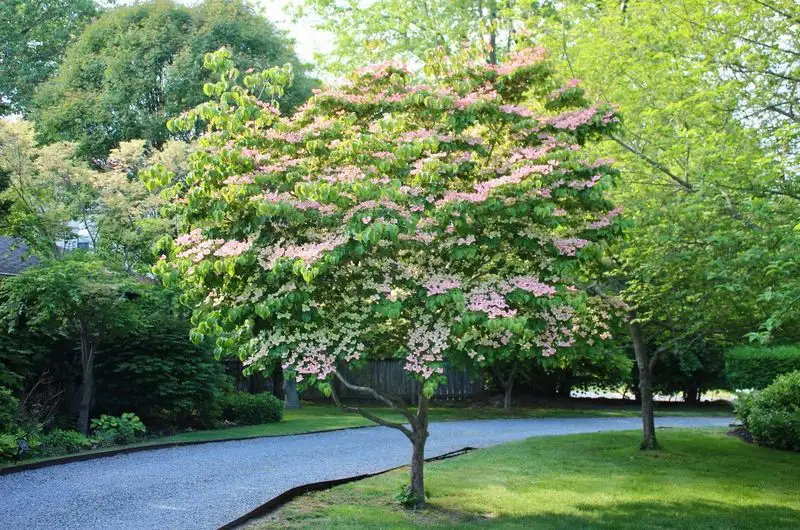
Known for its striking blooms, the Dogwood tree adds charm with its seasonal flowers. These trees are perfect for those who love a splash of color.
Dogwoods thrive in various climates, offering pink or white petals that captivate the eye. Their modest stature makes them suitable for small yards.
In fall, they display a rich tapestry of red leaves, adding warmth to any garden palette. The Dogwood’s year-round appeal ensures it remains a favored choice for enhancing garden aesthetics.
Redbud
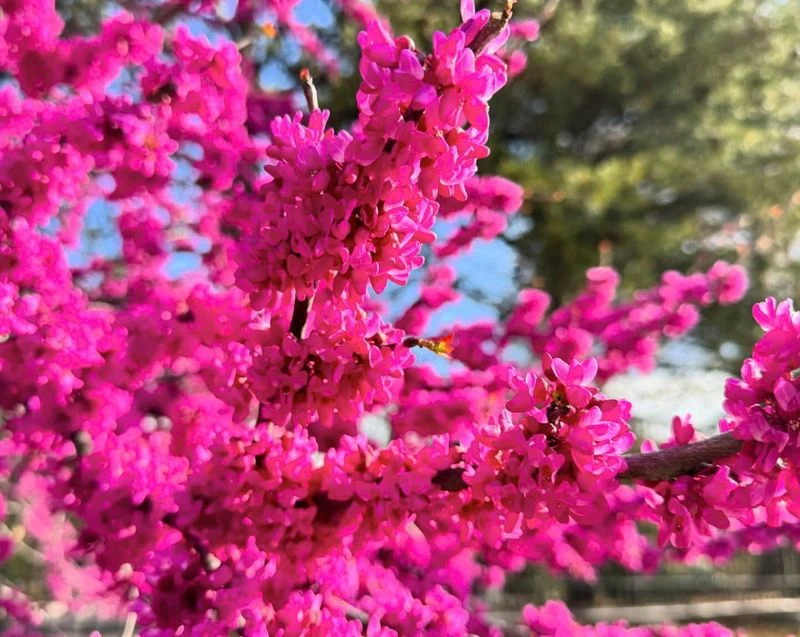
Redbuds herald the arrival of spring with a profusion of pink blossoms. Their branches, adorned with heart-shaped leaves, create a picturesque scene.
Small in size, yet significant in impact, these trees are easy to incorporate into various garden designs. They bring a burst of life to any space.
Native to North America, Redbuds withstand diverse weather conditions. Their adaptability and beauty make them a beloved choice for homeowners seeking vibrant spring color.
Crabapple
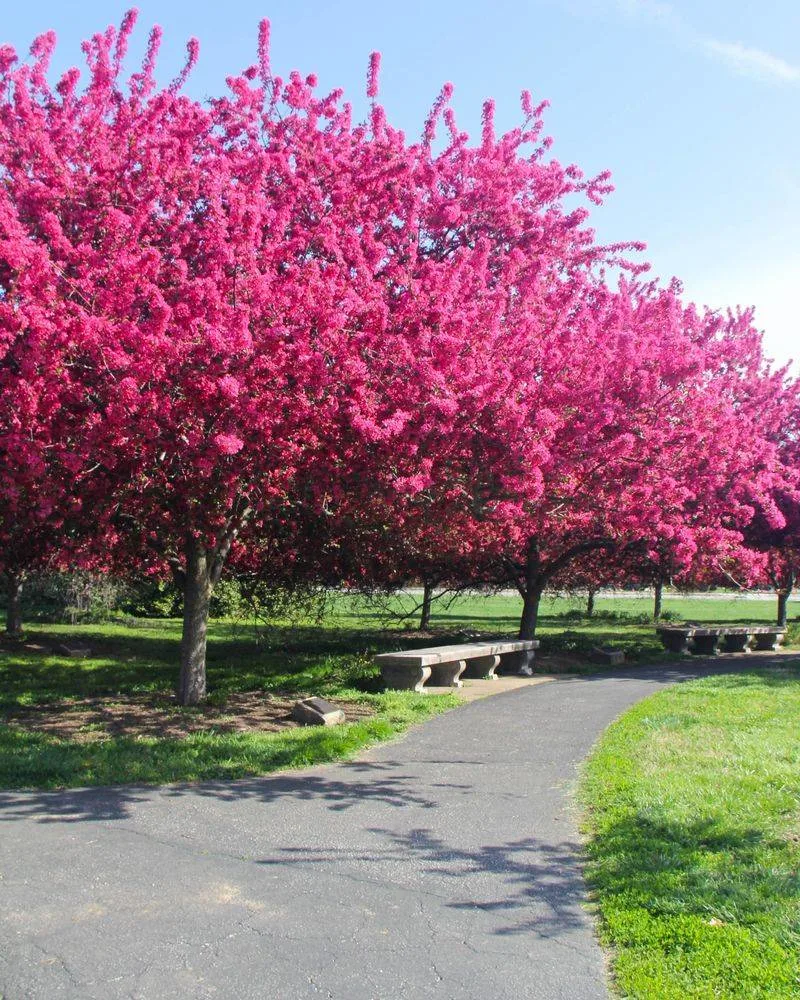
Crabapple trees enliven gardens with their vibrant blossoms and colorful fruit. These trees not only provide shade but also attract birds and pollinators.
Their stunning spring flowers range from white to deep pink, creating a lively spectacle. Summer brings small, edible fruits that add another layer of interest.
Despite their compact size, Crabapples are robust and adaptable, making them a practical and beautiful choice for backyards. Their seasonal transformations keep garden enthusiasts enchanted.
Serviceberry
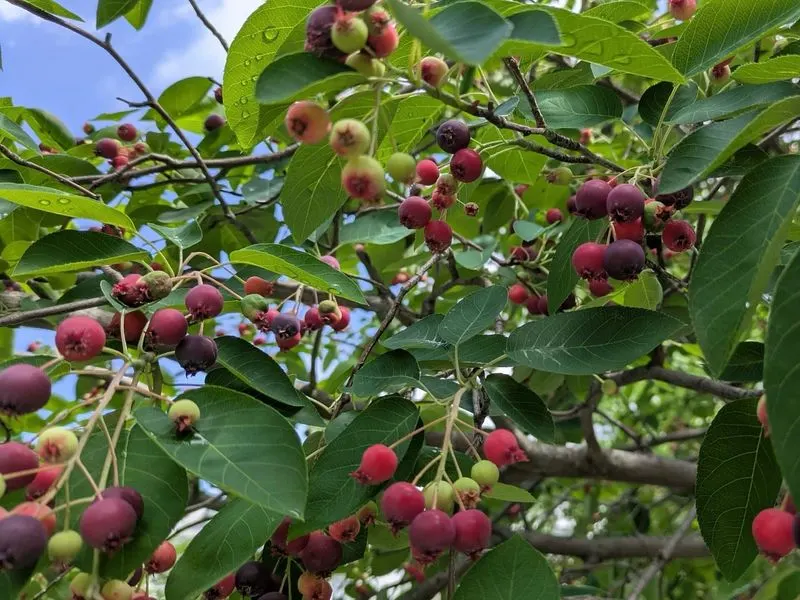
Serviceberry trees captivate with their early spring blooms and delicious fruit. These trees are cherished for their multi-seasonal interest.
In spring, delicate white flowers emerge, followed by sweet, edible berries in summer. The foliage transitions to vibrant reds in the fall.
Their modest height and slender form make them suitable for small spaces. Serviceberries are not only beautiful but also beneficial for wildlife, attracting birds and bees to your garden.
Dwarf Birch
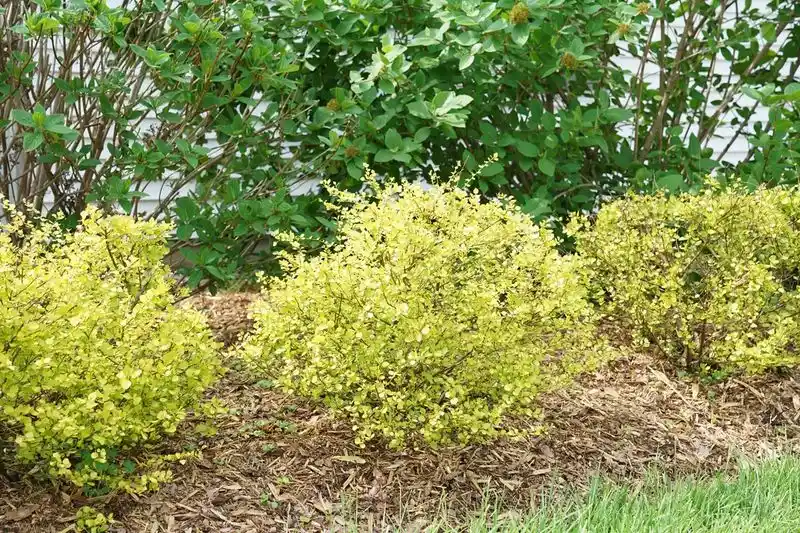
Dwarf Birch trees offer a unique visual with their white bark and light green leaves. These hardy trees are perfect for cooler climates.
Their small size makes them easy to fit into any landscape design. They provide a gentle rustling sound as the wind passes through their leaves.
In autumn, the leaves turn a bright yellow, adding a splash of color to your garden. Dwarf Birches are low-maintenance, making them ideal for busy homeowners.
Flowering Cherry
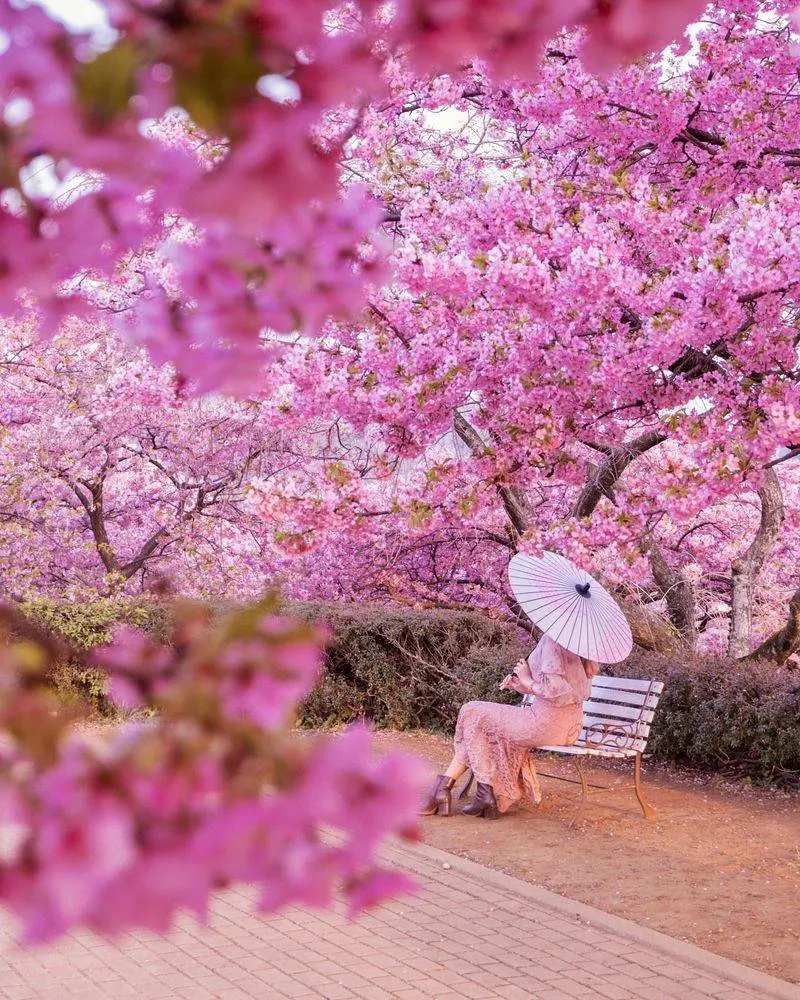
Flowering Cherry trees are synonymous with spring, offering a breathtaking display of pink or white blooms. These trees symbolize renewal and beauty.
Their compact size is perfect for smaller gardens, providing a focal point without overwhelming the space. As the blossoms fall, they carpet the ground in a delicate pink layer.
Beyond their beauty, Flowering Cherries are relatively easy to care for, making them a favorite among gardeners. Their annual bloom cycle is a much-anticipated event.
Amelanchier
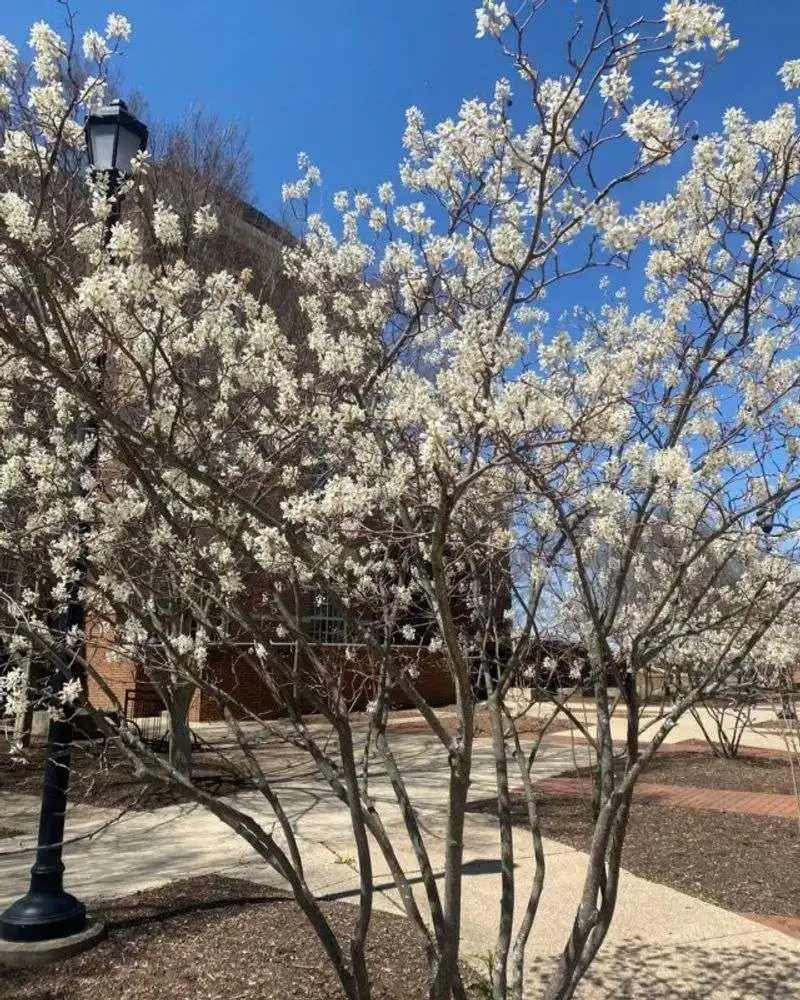
The Amelanchier tree, often called Juneberry, offers year-round interest with its white flowers, edible berries, and striking autumn foliage.
In late spring, clusters of white blooms appear, followed by sweet, red berries that attract wildlife. Its leaves turn a rich orange-red in the fall.
This tree’s moderate size makes it suitable for various garden styles, offering beauty without taking up excessive space. Amelanchiers are hardy and adaptable, thriving in diverse conditions.
Hawthorn
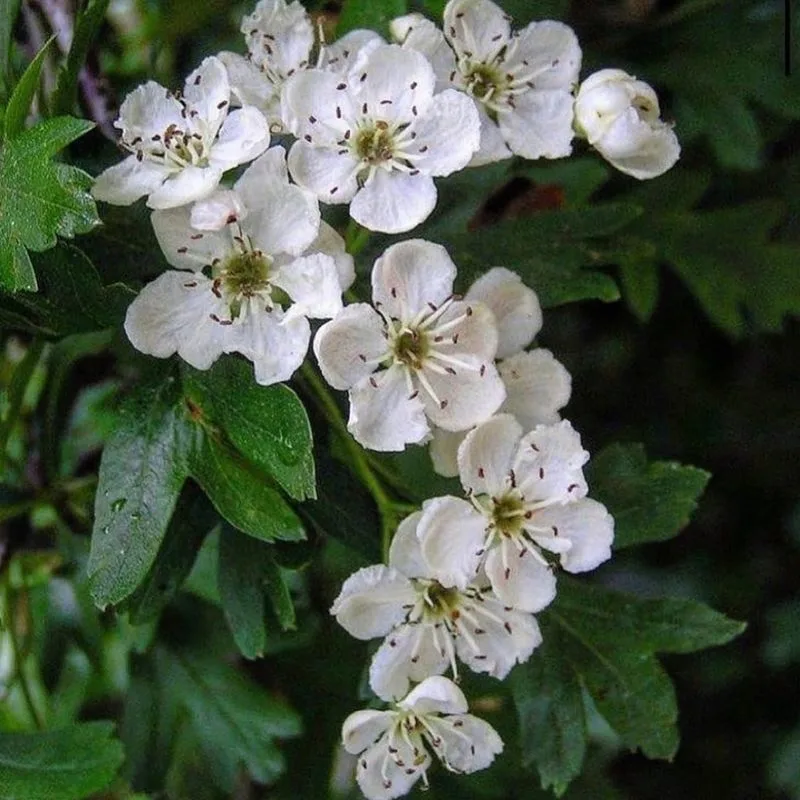
Hawthorn trees are renowned for their resilience and seasonal beauty. Their springtime flowers are a prelude to the bright red fruit that follows.
These small trees are perfect for creating hedges or standalone features in gardens. The dense foliage provides shade and privacy.
As autumn approaches, the leaves and berries create a warm, inviting display. Hawthorns are adaptable and hardy, making them a reliable choice for diverse climates.
Fringe Tree
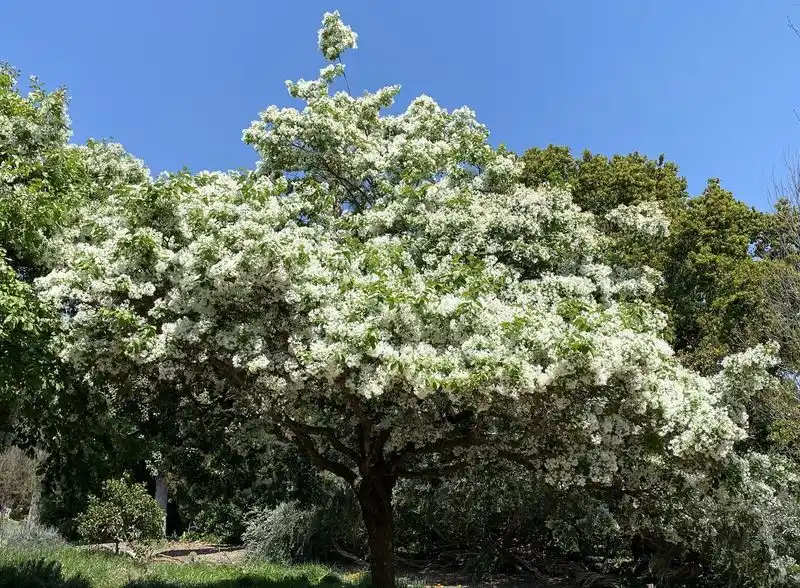
Fringe Trees enchant with their feathery white blooms that resemble delicate fringe. These trees add a touch of whimsy to gardens.
Their compact size makes them easy to integrate into small spaces, providing shade and visual interest. The flowers emit a sweet fragrance, enhancing outdoor enjoyment.
In fall, the foliage turns a golden yellow, ensuring year-round beauty. Fringe Trees require minimal upkeep, making them a delightful addition to any backyard.
Magnolia
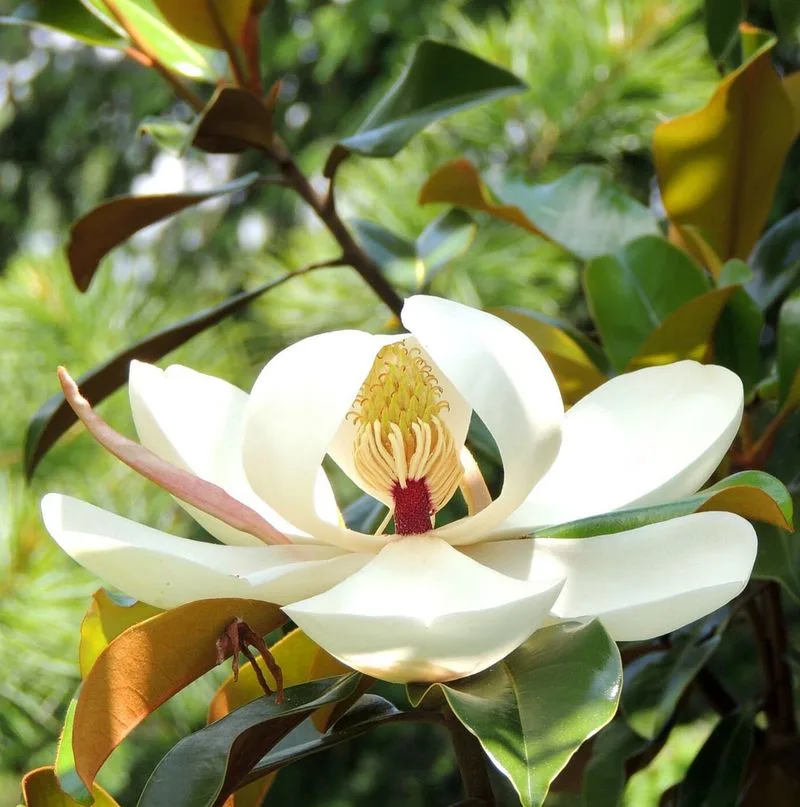
Magnolia trees stand out with their large, fragrant blooms that herald spring’s arrival. The flowers’ elegance is unmatched, offering a touch of sophistication.
Despite their grandeur, these trees remain compact, making them suitable for smaller yards. Their glossy leaves provide shade throughout the summer.
Magnolias are beloved for their resilience and beauty, thriving in various climates. The combination of fragrance and form makes them a cherished garden addition.
Witch Hazel
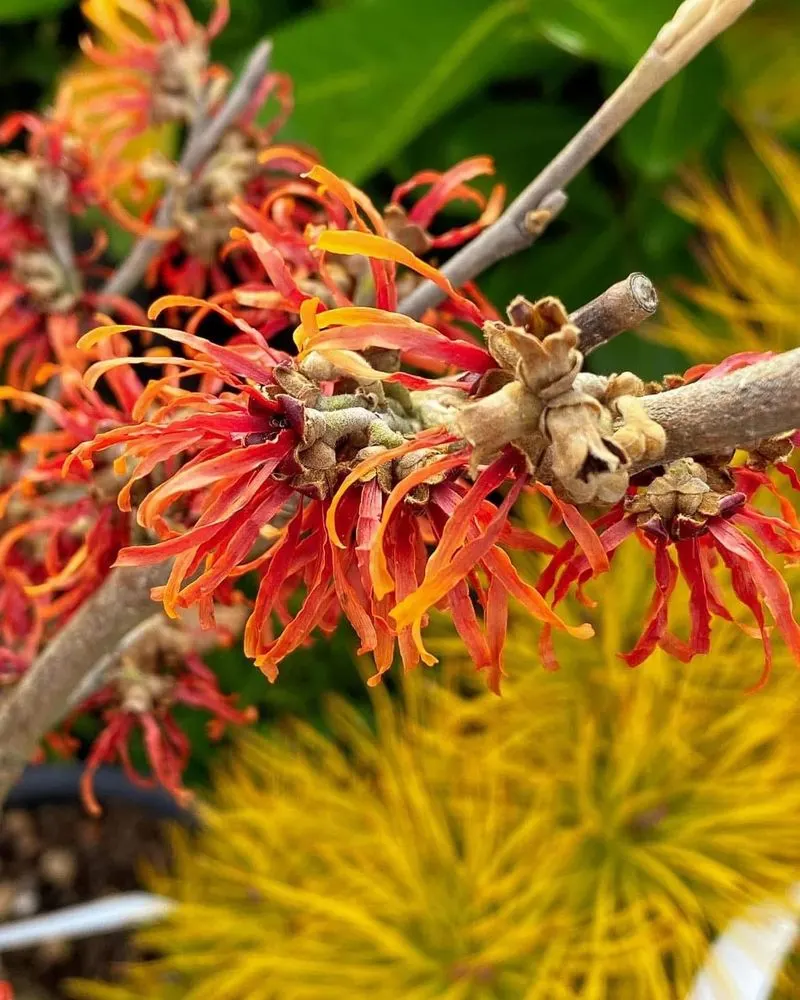
Witch Hazel trees bring a unique charm with their spidery yellow flowers that bloom in late fall or early winter.
Their modest stature makes them perfect for small gardens, adding interest when most other plants are dormant. The flowers’ fragrance is an unexpected delight.
These hardy trees are easy to care for, providing year-round beauty with minimal effort. Witch Hazel’s late-season blooms make it a standout choice.
Crape Myrtle
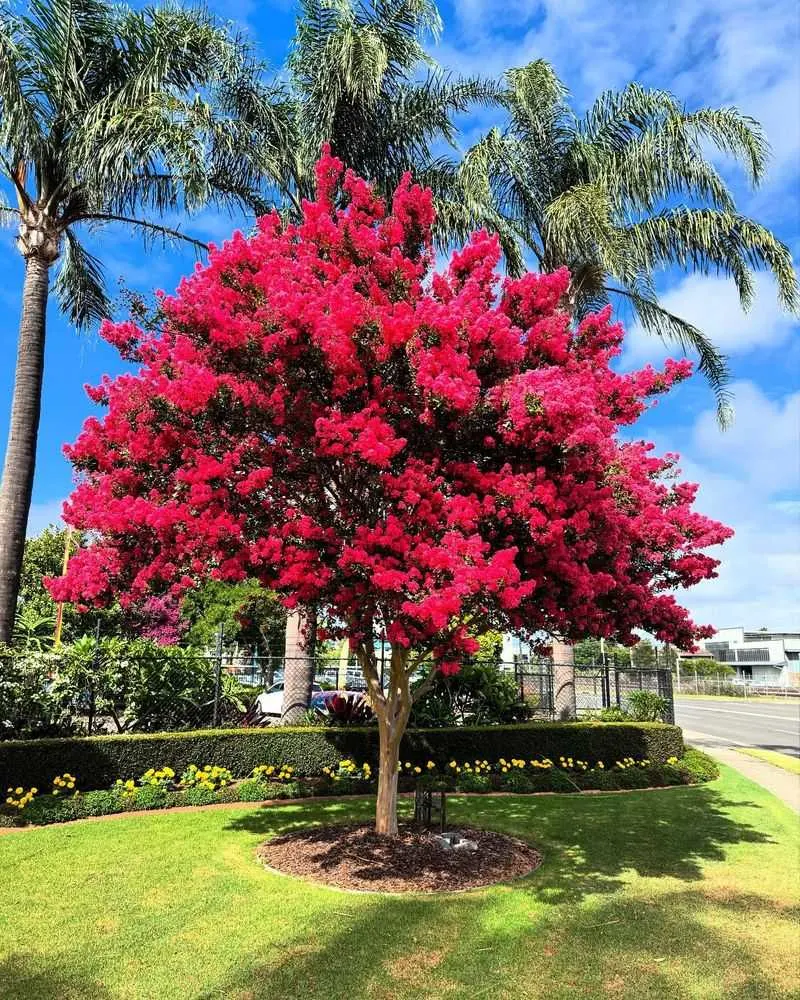
Crape Myrtle trees are celebrated for their vibrant summer blossoms and attractive bark. These trees are available in a variety of colors, from pink to purple.
Their small stature and adaptability make them ideal for sunny backyards. The smooth, peeling bark adds texture and interest even in winter.
Crape Myrtles are drought-tolerant and easy to maintain, making them a popular choice for gardeners seeking beauty and resilience. Their blooms are a summer highlight.
Hornbeam
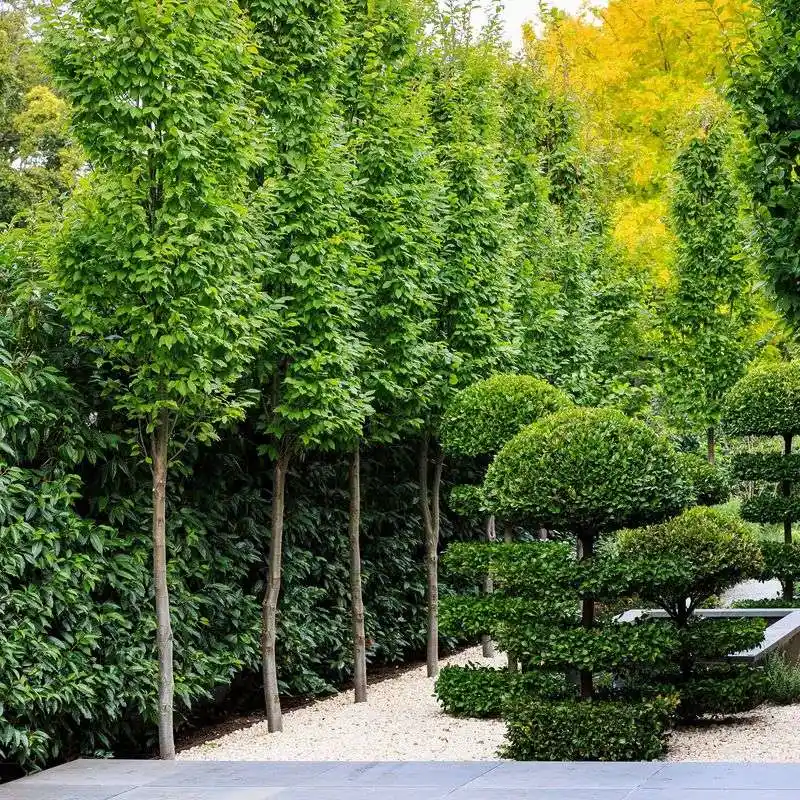
The Hornbeam tree, known for its dense foliage, offers ample shade and privacy. Its leaves transform to a golden hue in autumn, creating a warm atmosphere.
Adaptable and robust, Hornbeams are suitable for various climates and soils. They’re often used for hedging due to their thick, leafy branches.
These trees require little maintenance, making them a practical choice for busy homeowners. Their classic shape and lush canopy provide both beauty and function.
Olive Tree
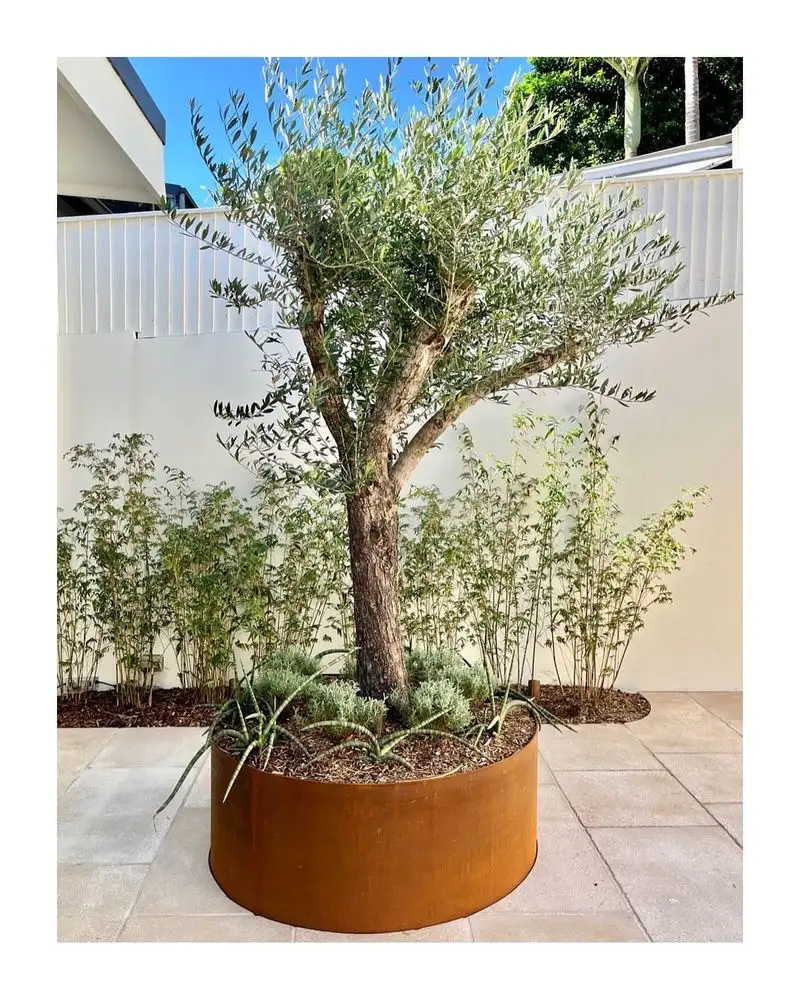
Olive Trees bring a touch of the Mediterranean with their silvery leaves and gnarled trunks. They are perfect for creating a serene, sun-drenched atmosphere.
These trees stay relatively small, ideal for patio or garden settings. In addition to shade, they offer edible olives that can be cured and enjoyed.
Olives are drought-resistant, suiting them for dry climates. Their rustic charm and practicality make them a beloved addition to gardens worldwide.

